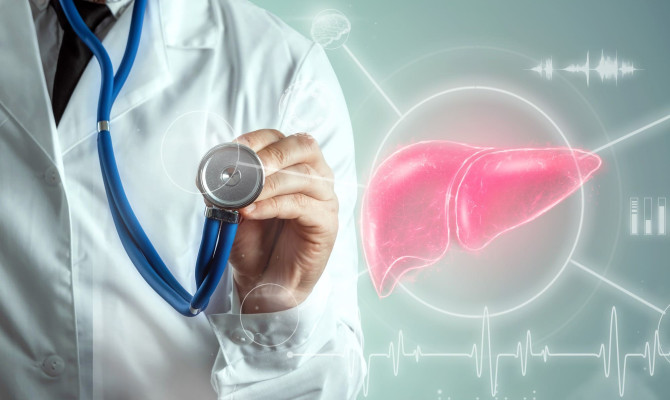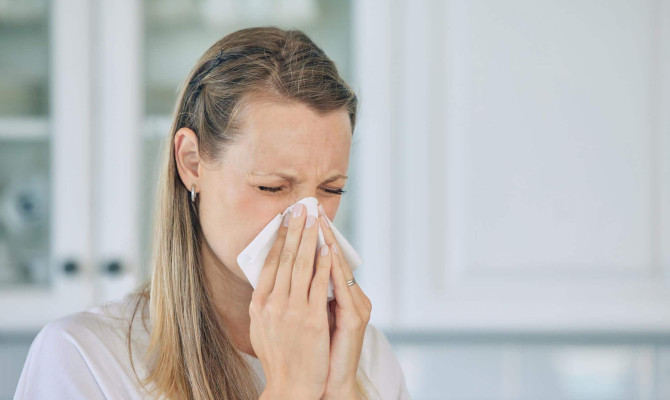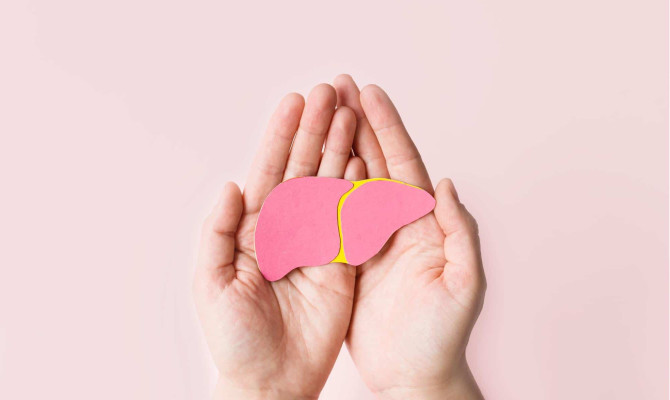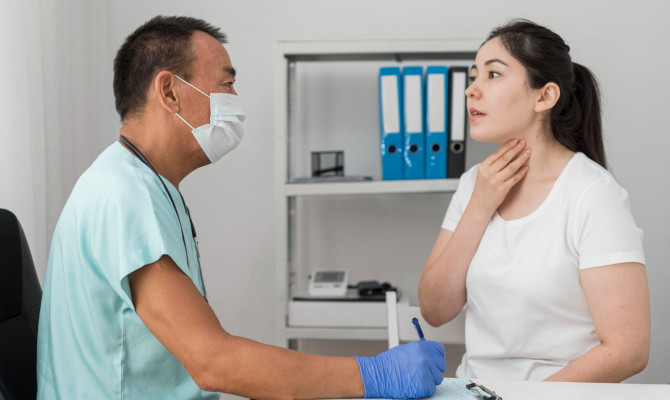Breast Cancer: An Overview

- Breast Cancer
- 14 Aug 2023
Introduction
What is Breast Cancer ?
Breast cells develop abnormally, leading to breast cancer, which can cause a lump or mass that can be felt or detected on a test. Breast cancer has the potential to metastasize by invading nearby tissues or organs.
How widespread is breast cancer globally?
According to the World Health Organization, 2.3 million new breast cancer cases are expected to be identified in women globally in 2020. (EHO). Around 11.7% of all new cancer cases worldwide are breast cancer instances. It is the leading cause of mortality in women from cancer.

Vulnerability
Who are the main breast cancer victims?
- Though it can be detected at any age, it is more likely to impact women over 50.
- Women with past of Breast cancer in their families.
- One who is getting radiation therapy.
- Breast cancer can develop in someone who already has cancer of any kind.
- Men can also be affected, though these instances are uncommon.
- Women who are non-Hispanic races, like White and Africans, are more susceptible.
Types
Different Breast Cancer Forms
- Ductal carcinoma in situ (DCIS), a non-invasive type of breast cancer, shows symptoms as the development of aberrant cells in the milk ducts of the breast.
- The most prevalent form of breast cancer, invasive ductal carcinoma (IDC), is when cancer cells invade nearby breast tissue from outside the milk ducts.
- Invasive lobular cancer (ILC) is a form of breast cancer which develops when cancer cells invade the breast’s milk-producing glands.
- An uncommon and aggressive form of breast cancer known as “inflammatory breast cancer” (IBC) makes the breasts red, swollen, and warm.
- Triple-negative breast cancer lacks the HER2 receptor, the progesterone receptor, or both and is typically more invasive.
- Breast cancer that is HER2 positive is brought on by the overexpression of the HER2 protein, which encourages the development of cancer cells.
- Paget’s disease of the breast is a rare type of breast cancer that affects the tissue of the nipple and areola.
Causes
Causes of Breast Cancer
Family history
- A woman’s risk of developing breast cancer is higher if she has a first relative who has the disease, such as a mother, sister, or daughter.
- Inherited abnormalities in genes
- Specific gene abnormalities may increase breast cancer risk.
Hormonal influences
- Greater oestrogen levels in women increase their risk of breast cancer. Women who began menstruating at a young age, had their first kid after turning 30 or experienced menopause after turning 55 are included in this category.
- Therapeutic use of oestrogen or progesterone for other conditions like contraception, hormone replacement therapy, etc.
Lifestyle factors
- Alcohol use, smoking, and a sedentary lifestyle are some lifestyle choices that may increase the chance of breast cancer. 1Causes of breast cancer | Researched based study from nih.gov
Radioactive contamination
- Women who have received chest radiation treatment for another illness are more likely to develop breast cancer.
Signs
What are breast cancer’s early warning signs?
- Lump or swelling under the arms or in the breasts.
- Alteration in the breast’s size or form.
- Skin that is puckered or dimpled on the breast.
- Nipple inversion or regression (turning inward) (pulling in).
- Non-milk discharge from the breast.
- Intense or persistent breast pain.
- Thickening, scaling, or reddening of the breast or nipple tissue. 1Warning signs of breast cancer| Researched based study from nih.gov
Risk
Risk factors
Here are a few risk factors to consider when diagnosing breast cancer.
- Age: As a person ages, their risk of developing breast cancer rises.
- Long-term hormone replacement therapy (HRT): use of HRT after menopause has been linked to an increased chance of breast cancer.
- Drinking alcohol frequently and excessively has been linked to an increased chance of breast cancer.
- Physical inactivity: Compared to women who regularly exercise, physically inactive women have a higher chance of developing breast cancer.
- Obesity: Compared to women who are not overweight, women who are overweight have a higher chance of developing breast cancer.
Diagnosis
What are the diagnostic methods?
Regular clinical breast checks by a doctor are advised for women in addition to monthly self-examinations. Men should also self-examine, and if they observe any changes, they should consult their doctor.
Mammography
- The most popular method of breast cancer monitoring is mammography. To find anomalies in the breast tissue, it utilizes X-rays.
- Mammograms are recommended for women over 50 every two years, though early screening may be necessary for those with risk factors like a family history of the disease.
Ultrasound
- A breast lump or other anomaly picked up on a mammogram may be evaluated using ultrasound.
Magnetic Resonance Imaging (MRI)
- MRI can be used to discover more about a suspicious lump or in women at high risk for breast cancer.
Biopsy
- Breast cancer can only be diagnosed through a biopsy. A surgical biopsy, a fine needle aspiration biopsy, and a core needle biopsy are a few different biopsies.
Genetic testing
- Some women may elect to check their genes to see if they have a mutation that raises their chance of developing breast cancer. 2What are the diagnostic methods | Researched based study from cdc.gov
Stages
Breast cancer stages
The best course of therapy will largely depend on the stage of breast cancer. The phases of breast cancer are listed below.
Stage 0
- Also known as in situ or non-invasive breast cancer.
- The breast’s ducts or lobes are the only places cancer cells are found; the surrounding tissue is uninvaded.
- There is no body-wide dissemination to the lymph nodes or other regions.
Stage I
- The tumour has not spread to the lymph nodes or other organs and has a tiny diameter of less than 2 centimetres.
Stage II
- There are several groups within this stage: IIA and IIB
- Stage IIA tumours fall into one of two categories: those less than 2 cm in size and have expanded to the lymph nodes beneath the arm or those between 2 and 5 cm but have not yet done so.
- Stage IIB tumours range from 2 to 5 cm and have lymph node involvement under the arm, or they are larger than 5 cm without lymph node involvement.
Stage III
- Stage IIIA, IIIB, and IIIC are sub-stages within this stage.
- Stage IIIA tumours are more extensive than 5 centimetres, have invaded the chest wall or breast skin, or have spread to the lymph nodes under the arm.
- Stage IIIB tumours have lymph nodes under the clavicle or the opposite arm and the skin, chest wall, or lymph nodes.
- The tumour expands to the opposing sides of the chest in stage IIIC.
Stage IV
- The most advanced form of breast cancer is at this point.
- Cancer spreads to various bodily organs, including the lungs, liver, and bones.
Treatment

What are the treatment modalities?
The types of cancer, their stage, and the patient’s tastes and general health all influence the treatment options. Here are some typical breast cancer treatment choices.
Surgery
- The first course of therapy for breast cancer is frequently surgery. The tumour and some nearby tissue must be removed.
Lumpectomy
- This procedure, also known as a partial mastectomy, is usually advised for breast cancer in its early stages. 3What are treatment modalities?| Researched based study from nih.gov
Mastectomy
- The entire breast flesh must be removed to accomplish this. Simple or total mastectomy, for example, are just a few different kinds of mastectomy.
Sentinel lymph node biopsy
- Screening for cancer cells entails removing the lymph nodes closest to the tumour. This procedure might be suggested if a sentinel lymph node is discovered to have cancer or if the tumour is large.
Dissection of axillary lymph nodes
- More lymph nodes from the armpit region must be removed to check for cancer spread.
Reconstruction
- In this surgical process, the breast shape is rebuilt following a mastectomy.
Radiation treatment
- It eliminates cancer cells by employing high-energy beams. After surgery, it is frequently used to destroy cancer cells that might still be present and may have spread to other body areas.3
Chemotherapy
- Drugs are used in chemotherapy to eradicate cancer cells. It is usually applied following surgery to eliminate cancer cells that may have persisted or spread to other body regions.
Hormone treatment
- It is applied to hormone receptor-positive breast tumours. It functions by suppressing the chemicals that can promote the development of cancer cells.
Focused treatment
- Targeted therapy makes use of medications that directly target specific proteins or genes related to the development and spread of cancer cells. Drugs for targeted treatment may be combined with other forms of medicine.
Immunotherapy
- This particular form of cancer therapy aids the body’s immune system in the battle against the disease. It might be applied in some HER2-positive, hormone receptor-negative breast cancer patients.
The best action for breast cancer treatment relies on the particular case.
A multidisciplinary team of medical professionals, including a surgeon, a medical oncologist, and a radiation oncologist, will collaborate to create a therapy strategy specific to each patient’s requireme
Common side effects of the treatment
- Hair loss, hair thinning may occur within 2-4 weeks of chemotherapy.
- Nausea, sickness or tiredness
- Skin redness, peeling, irritation may occur at the site of radiation.
- Swelling, lymphedema can occur if you receive radiation therapy to your lymph nodes. The lymph fluid may not drain properly which may cause fluid build-up and swelling.
Prevention
Preventive factors
Routine workout
- Women who engage in regular physical activity have a reduced chance of developing breast cancer.
- It is advised to exercise for at least 150 minutes per week at a moderate effort or 75 minutes at a vigorous intensity.
Healthy eating
- A healthy diet low in trans fats, saturated fats, and processed foods and high in fruits, vegetables, whole grains, and lean protein may lower the chance of breast cancer.
Regular screening
- Regular screenings for breast cancer can help in finding the disease when it is most curable.
- Women should discuss with their healthcare providers when to start and how often to get screened based on their risk factors. 4preventive factors | Researched based study from cdc.gov
Takeaway
Key Takeaways
- Breast cancer is the most common type of cancer in women.
- Although there is no known cause for the illness, some risk factors can raise a person’s chance of getting it, such as age, family history, and specific genetic mutations.
- Mammography, clinical breast examinations, and self-exams are all examples of breast cancer screening procedures.
- Maintaining a healthy weight, working out frequently, limiting alcohol intake, quitting smoking, and breastfeeding are all risk-reduction tactics for breast cancer.
Any feedback on this article?
 This Articles content was accurate
This Articles content was accurate Very Informative Article
Very Informative Article I have a question or a comment
I have a question or a comment
 This article contains inaccurate content
This article contains inaccurate content This article was not helpful
This article was not helpful I have a question or a comment
I have a question or a comment
We appreciate your helpful feedback!
Checkout our social pages
References
-
National Institutes of Health
Breast Cancer/Causes/Lifestyle/warning signs
-
Centers for Disease Control and Prevention
Triple-Negative Breast Cancer/Genetic testing
-
National Institutes of Health
Treatment Strategies and Survival Outcomes in Breast Cancer/Radiation treatment
-
Centers for Disease Control and Prevention
What Can I Do to Reduce My Risk of Breast Cancer/Prevention





































